

Low-E glass, short for Low-Emissivity glass, is a type of glass coated with an ultra-thin and transparent layer of metal oxides, almost invisible to the naked eye. This special coating reflects infrared and ultraviolet radiation while still allowing natural light to pass through, keeping interior spaces bright without the negative effects of heat or harmful radiation.
This technology helps maintain a stable indoor temperature year-round: in winter, the glass retains interior heat, while in summer, it prevents solar heat from entering. Besides enhancing comfort, Low-E glass significantly reduces energy costs, protects interior furnishings from fading due to UV rays, and contributes to the longevity of buildings.


Low-E glass is composed of a glass substrate (float glass) and a special ultra-thin metal oxide coating. Depending on the manufacturing method, this coating may be applied directly during the float glass production process or after the glass has been fabricated.
Usually clear float glass or tinted glass, with common thicknesses ranging from 5–19 mm. This provides the main mechanical strength of the glass.
Made of multiple ultra-thin layers of metal oxides (commonly silver, titanium oxide, zinc oxide), with a total thickness of only a few hundred nanometers.
The coating reduces thermal emissivity by blocking infrared and UV radiation while maintaining excellent visible light transmission.
Hard-Coat / On-line Low-E Glass:
The coating is applied directly during the float glass production process at very high temperatures. The coating is durable, resistant to scratching, and can be used on exterior surfaces. However, its thermal insulation performance is lower compared to soft-coat Low-E glass.

Specifically, during float glass production (silica sand, soda, lime, etc., melted at ~1,500°C and floated on a tin bath), a thin layer of metal oxides is sprayed onto the hot glass surface at around 600–700°C. This “on-line” coating becomes fused into the glass structure, creating a permanent, weather-resistant surface that does not peel off. It allows light transmission while reflecting infrared heat. Though less energy-efficient than soft-coat Low-E, its main advantages are durability and suitability for harsh outdoor conditions.
Soft-Coat / Off-line Low-E Glass:
Produced in a vacuum sputtering chamber using magnetron sputtering deposition. The coating delivers superior thermal insulation and heat reflection compared to hard-coat glass but is more delicate and usually requires installation within insulated glazing units (IGUs) for protection.

In this process, cleaned glass sheets are placed in multi-chamber vacuum coaters, where metal oxide particles are deposited onto the surface via cathode sputtering. This creates an ultra-thin, uniform, and tightly bonded coating that controls heat radiation while maintaining high transparency.
Single Silver Low-E: One silver layer, standard energy-saving performance.
Double Silver Low-E: Two silver layers, better thermal reflection and solar control.
Triple Silver Low-E: Three silver layers, maximum thermal insulation and light control, commonly used in modern high-performance buildings requiring optimal energy efficiency.

Low-E glass provides excellent insulation compared to ordinary glass. In insulated glazing units with inert gas filling, U-values can reach as low as 1.0–1.6 W/m²·K, minimizing heat loss and maintaining indoor temperature stability.

Depending on the type, Low-E glass can adjust solar radiation absorption and transmission. Typical SHGC values range from 0.23 to 0.37, balancing natural daylighting with reduced solar heat gain.

Thanks to its multi-layer structure and special coatings, Low-E glass reduces noise transmission more effectively than standard glass. When combined with insulated glazing and inert gases, soundproofing performance is further enhanced, ensuring quieter indoor spaces.
Low-E glass usually has an exterior reflectance of about 11–14%. This maintains a natural appearance, avoids glare, and enhances building aesthetics.
[1] Guardian Glass, Low-Emissivity Glass (Low-E Glass). Guardian Glass. Accessed: Aug. 22, 2025. [Online]. Available: https://www.guardianglass.com/ap/en/our-glass/glass-types/low-e-glass
[2] Guardian Glass, Low-E Coatings and Energy Performance. Guardian Glass. Accessed: Aug. 22, 2025. [Online]. Available: https://www.guardianglass.com/ap/en/our-glass/glass-types/low-e-glass
[3] Efficient Windows Collaborative, Types of Low-E Glass. Efficient Windows. Accessed: Aug. 22, 2025. [Online]. Available: https://efficientwindows.org/gtypes-2lowe/
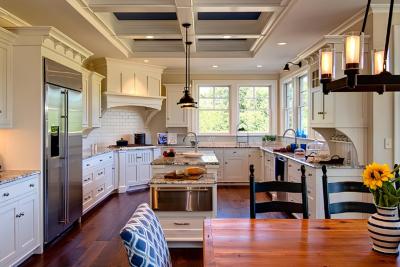
The News 14/12/2025
Architectural Digest gợi ý Cloud Dancer phù hợp với plush fabrics và những hình khối “mềm”, tránh cảm giác cứng/rigid; họ liên hệ nó với cảm giác “weightless fullness” (nhẹ nhưng đầy) [3]. Đây là cơ hội cho các dòng vải bọc, rèm, thảm, bedding: màu trắng ngà làm nổi sợi dệt và tạo cảm giác chạm “ấm”.Pantone has announced the PANTONE 11-4201 Cloud Dancer as the Color of the Year 2026: a "buoyant" and balanced white, described as a whisper of peace in the midst of a noisy world. This is also the first time Pantone has chosen a white color since the "Color of the Year" program began in 1999. Pantone calls Cloud Dancer a "lofty/billowy" white tone that has a relaxing feel, giving the mind more space to create and innovate [1].
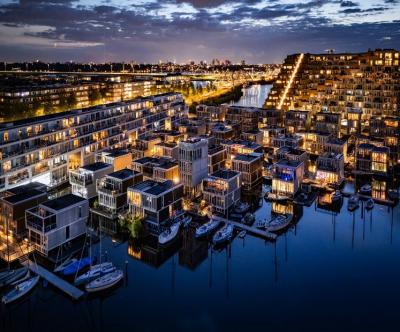
The News 04/12/2025
The Netherlands is one of the most vulnerable countries to climate change, with about a third of its area lying below sea level and the rest regularly at risk of flooding. As sea levels are forecast to continue to rise and extreme rains increase, the government is not only strengthening dikes and tidal culverts, but also testing new adaptation models. Floating housing in Amsterdam – typically the Waterbuurt and Schoonschip districts – is seen as "urban laboratories" for a new way of living: not only fighting floods, but actively living with water. In parallel with climate pressures, Amsterdam faces a shortage of housing and scarce land funds. The expansion of the city to the water helps solve two problems at the same time: increasing the supply of housing without encroaching on more land, and at the same time testing an urban model that is able to adapt to flooding and sea level rise.
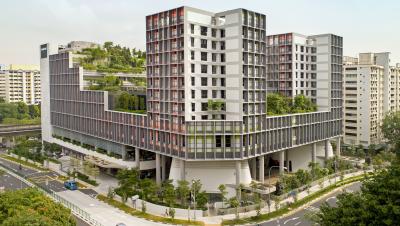
The News 20/11/2025
Kampung Admiralty - the project that won the "Building of the Year 2018" award at the World Architecture Festival - is a clear demonstration of smart tropical green architecture. With a three-storey "club sandwich" design, a natural ventilation system that saves 13% of cooling energy, and a 125% greening rate, this project opens up many valuable lessons for Vietnamese urban projects in the context of climate change.
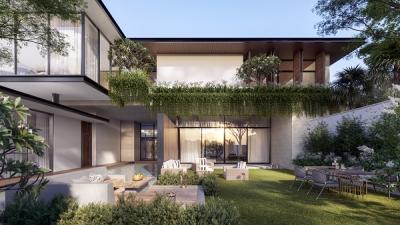
The News 10/11/2025
In the midst of the hustle and bustle of urban life, many Vietnamese families are looking for a different living space – where they can enjoy modernity without being far from nature. Tropical Modern villa architecture is the perfect answer to this need. Not only an aesthetic trend, this is also a smart design philosophy, harmoniously combining technology, local materials and Vietnam's typical tropical climate.
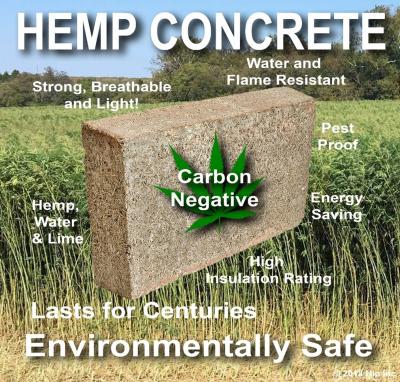
The News 25/10/2025
Hemp-lime (hempcrete) is a non-load-bearing covering material consisting of a hemp wood core (hemp shiv/hurd) combined with a lime-based adhesive, outstanding for its insulation – moisture conditioning – indoor environmental durability; in particular, IRC 2024 – Appendix BL has established a normative line applicable to low-rise housing, strengthening the technical-legal feasibility of this biomaterial.
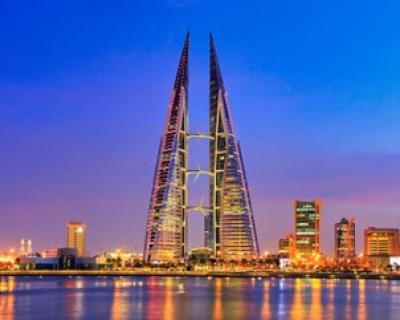
The News 11/10/2025
Amid rapid urbanization and global climate change, architecture is not only construction but also the art of harmonizing people, the environment, and technology. The Bahrain World Trade Center (BWTC)—the iconic twin towers in Manama, Bahrain—is a vivid testament to this fusion. Completed in 2008, BWTC is not only the tallest building in Bahrain (240 meters) but also the first building in the world to integrate wind turbines into its primary structure, supplying renewable energy to itself [1]. This article explores the BWTC’s structural system and design principles, examining how it overcomes the challenges of a desert environment to become a convincing sustainable model for future cities. Through an academic lens, we will see that BWTC is not merely a building but a declaration of architectural creativity.